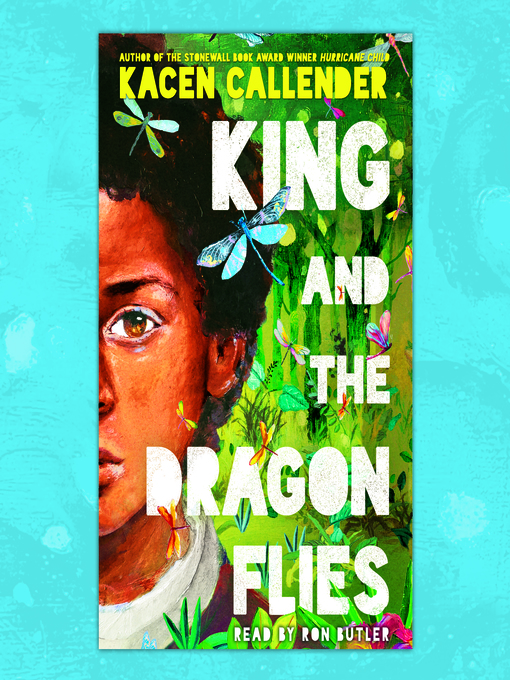

This has been my favorite, the frontrunner against which all other titles have been measured all year.

The book would therefore lend well to a meaningful middle school class read and discussion. Overall, in KING AND THE DRAGONFLIES the many rich themes and metaphors as well as the representation of toxic masculinity, racism, and homophobia, are well-balanced and well-articulated to a middle school audience. They respond to the changes and uncertainty, knowing that their love for one another is constant. More specifically, King and his family realize that they have been impacted by Khalid’s death and learning of King’s sexuality, but their love for one another does not waver. King eventually shares his sexuality with his family, and his relationship with them does change, but in an unexpected way. Reflecting on homophobic statements made by his friends and family, King is reluctant to accept and share his sexuality. King’s mourning over Khalid coalesces with King coming to terms with being gay. Finally, as grief and loss are felt at both the individual and communal levels, Callender also takes care to depict the many ways in which Khalid’s passing is processed by King, his mother, father, and aunt individually and collectively.Ĭallender’s attentive and compassionate rendering of King and his family’s mourning also follows how King, his family, and his community navigate and confront the intersections of toxic masculinity, racism, and homophobia. The surreal feelings of King’s grief are also reflected in King’s vivid descriptions of the lush Louisiana landscape and recollections of Khalid’s fantastical dreamy musings.

The dragonflies live down by the bayou, but there’s no way to know which one’s my brother (1)Ĭallender immerses the reader into a present that is both familiar and unfamiliar.


 0 kommentar(er)
0 kommentar(er)
